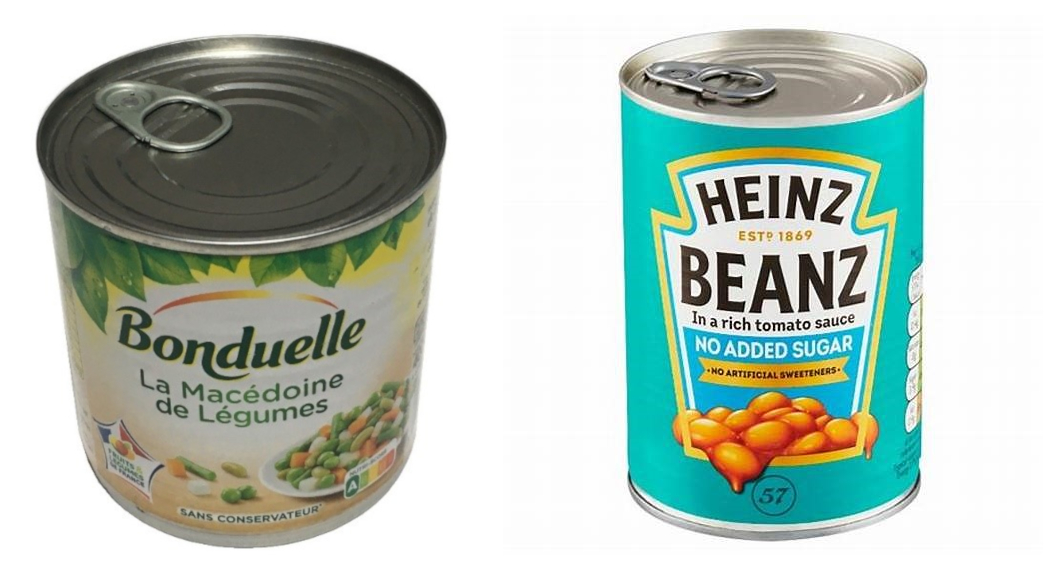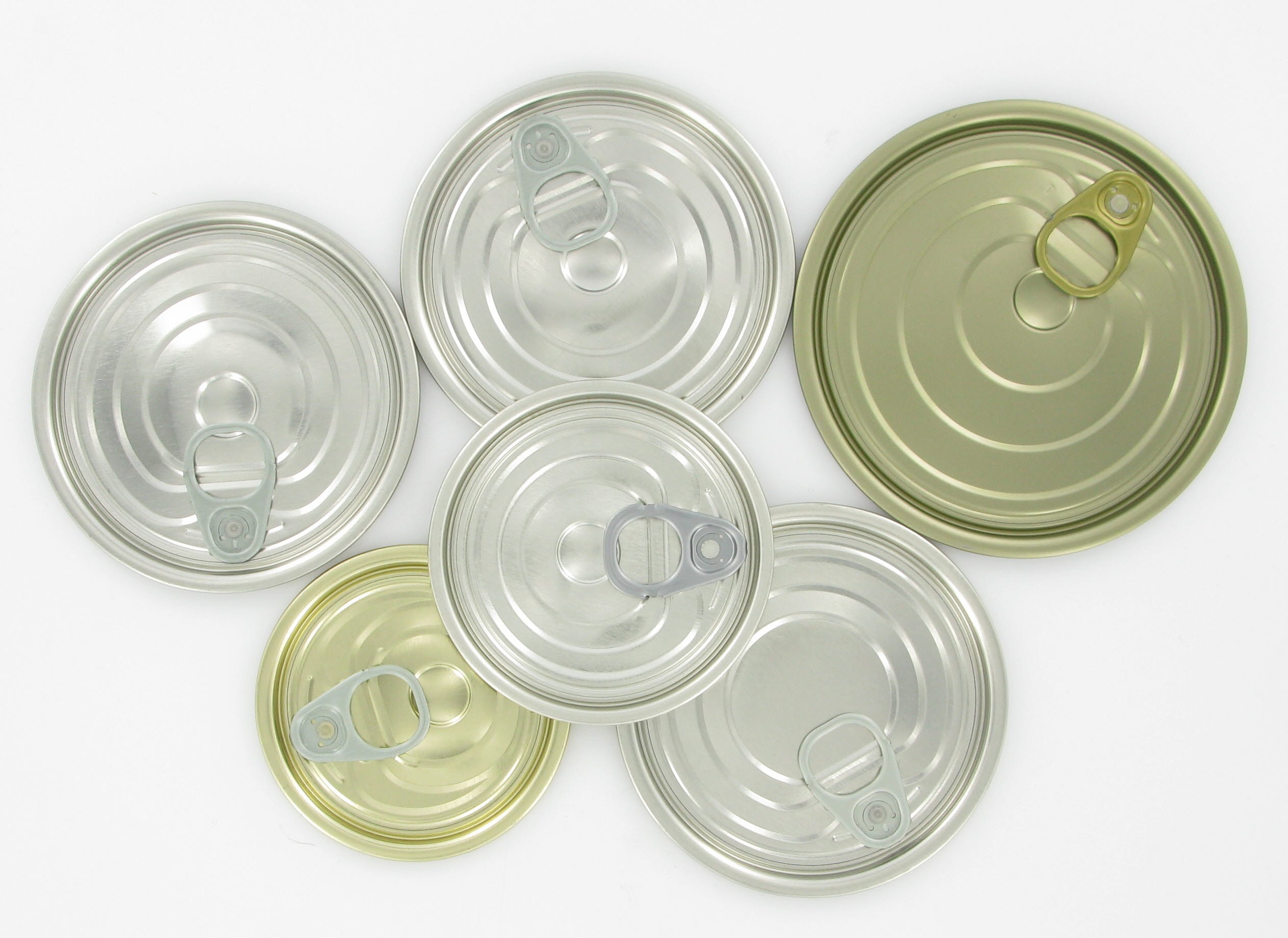Trivium’s EOEs are used by major brands in European canned food
Trivium is a European leader in the production of metal packaging and has worked with ArcelorMittal Europe – Flat Products for decades. When Trivium noticed a variation in the quality of coils they used to make their easy-open ends, the can maker immediately alerted ArcelorMittal. That call led to a project which has not only enhanced coil quality and improved Trivium’s productivity – it has also resulted in the development of a new steel grade which improves the opening experience for consumers. Now the two partners are working to further enhance the new grade and create even thinner easy-open ends which are lighter and utilise less resources.

Trivium’s EOEs are used by major brands in European canned food
Easy-open ends (EOEs) were first introduced in Europe in the 1990s and are now used on more than two-thirds of the food cans sold in Europe[1]. Trivium was one of the first can makers to introduce pre-cut indentations in the EOE. The pre-cuts allow the lid to deform and open easily. At the same time, the lid remains strong – resisting the high level of pressure which builds up inside the can when it goes through the sterilisation process.
“This project began when we noticed that we had to adjust our processing parameters with ArcelorMittal steel,” explains Fabrice Leboucher, Trivium’s R&D Innovation and Project Manager for EOE and Components. “ArcelorMittal suggested a visit to our plant so they could gain a better understanding of the issues we were experiencing.”
Fabrice Leboucher, R&D Innovation and Project Manager for EOE and Components at Trivium Packaging

Over the next few months, the ArcelorMittal team gathered data and worked closely with Trivium to find a solution. “We quickly realised why Trivium needed ArcelorMittal to improve quality, but we also understood that they wanted to dramatically reduce the tear-force of their EOEs,” says Tété Dossah, ArcelorMittal’s Head of Packaging Technical Coordination for North-Europe and Export. “To achieve both goals we began to develop a new steel grade for EOEs.”
Tété Dossah, ArcelorMittal’s Head of Packaging Technical Coordination for North-Europe and Export
When the first coils in the new grade were ready, a team including representatives from ArcelorMittal R&D, Quality, and Technical Support accompanied them to Trivium.“Together we did trials with different coils of the new steel to precisely understand how they worked in our production process,” notes Fabrice Leboucher. “The results were very positive and have led to significant productivity gains.”
“The results of our tests confirmed that the force required to open the EOE had been reduced by 10 newtons – in line with Trivium’s target.” notes Tété Dossah

The different parts of an EOE work together to make can opening as simple as possible
The new steel grade was further modified to reduce the thickness of EOEs. “The modification to the grade supports Trivium’s goal of downgauging EOEs,” says Tété Dossah.
One of the key tests of the new EOE steel grade was its deployment on vacuum-packed cans. “Vacuum packaging is used for some vegetables,” explains Fabrice Leboucher. “The steel we use must be very high quality or the EOE could implode when opened. An implosion pushes the EOE panel into the can and prevents the consumer accessing the contents. Our testing proved that the metallurgy of the new EOE grade is very stable. There is no risk that implosion will occur.”
The new steel grade is already in use in Trivium’s can-making plant in Erftstadt (Germany). “We have also used the grade in our plant in Deventer (the Netherlands) in a slightly different process,” says Fabrice Leboucher. “The qualification process is ongoing in other plants, but we are on our way to ramp-up EOE production with the new steel.”
And the next steps? “We currently use the new grade to produce EOEs of 0.18 and 0.20 mm,” says Fabrice Leboucher. “The aim is to achieve EOEs that are 0.16 mm thick and the new steel has the properties which will allow us to achieve that target. Reducing the thickness of the EOE reduces material use and contributes to making steel an even more sustainable packaging material.”

The EOEs can be produced in a range of sizes
[1] https://web.archive.org/web/20131203010423/http://www.canmaker.com/news/index.php/home/faqs

Copyright pictures:
© Andrew Riverside / shutterstock.com
© Trivium